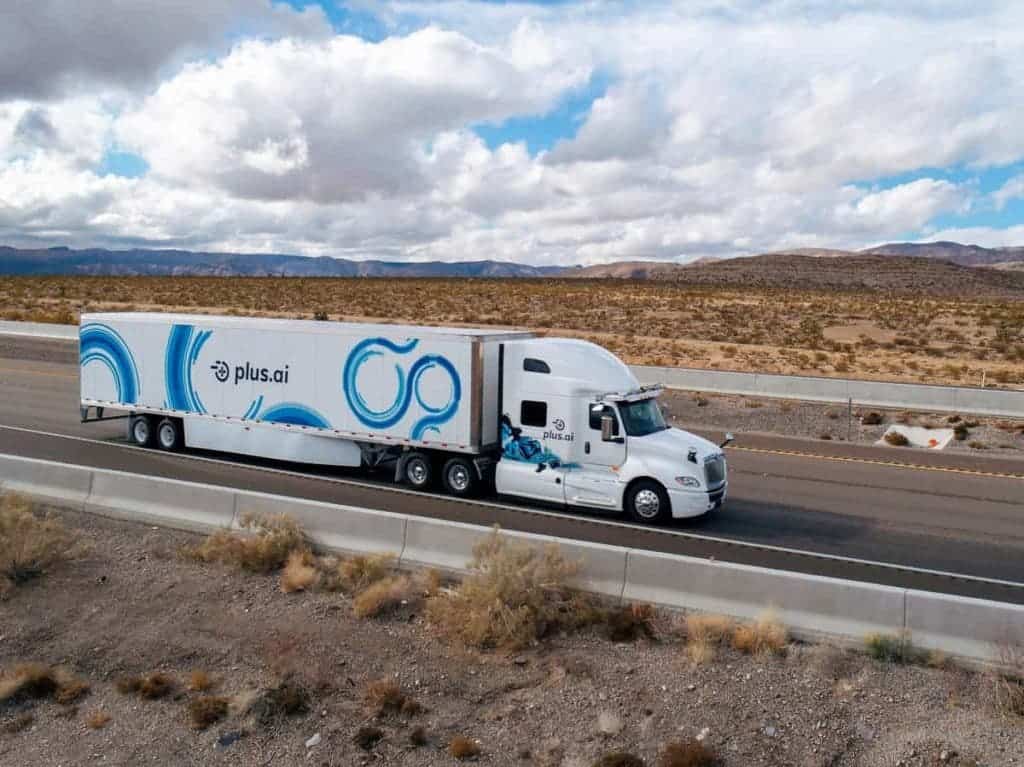For the first time, a driverless truck has completed a cross-country trip delivering freight. The autonomous truck delivered 40,000 pounds of butter from Tulare, California to Quakertown, Pennsylvania, finishing a 2,800-mile-trip in under three days.

The truck is operated by a Silicon Valley startup called Plus.ai. Just like any other autonomous vehicle, such as Autopilot-enabled Teslas, the truck employs an array of cameras, lasers, and a radar to recognize road signs, obstacles, and other vehicles on the road.
The truck traveled on interstates 15 and 70 before Thanksgiving, operating day and night, navigating through changes in elevation and bypassing unexpected obstacles, like road construction. It also drove through rain and snow smoothly. A human driver was always aboard, ready to take over if needed, while a safety-engineer monitored the performance of the vehicle.
Although the truck had to make some stops to take scheduled breaks mandated by law, it mostly drove autonomously. Most impressive of all, the driver didn’t need to engage during the trip, meaning there were no problems that required his intervention.
There are more than a dozen companies in the United States currently developing or operating autonomous freight delivery. For instance, Embark Trucks, a San Francisco-based startup, also completed a 2,400-mile cross-country trip. However, it took longer, finishing in five days, and carried no freight. The Plus.ai truck made the cross-country trip with freight, the first to do so — and right in the nick of time too since the end of the year is peak butter time.
Automated cross-country trips are important for freight operators because it is over long distances that you see a significant return of investment. A self-driving truck may be more expensive but it should pay for itself in the long-run.
About 30-40% of a long-haul shipment’s cost is the driver’s salary and auxiliary expenses (motels, meals, etc). A fully autonomous truck would cut that expense right away. It would also make faster delivery times because it could theoretically drive for 24 hours straight and save fuel thanks to its optimized driving.
It might take a couple of years because you see autonomous tracks regularly hauling freight around the country. The incentive, however, is immense and some experts believe autonomous trucks could regularly start delivering goods by 2022. That’s good news for the trucking industry and really bad news for truck drivers.









